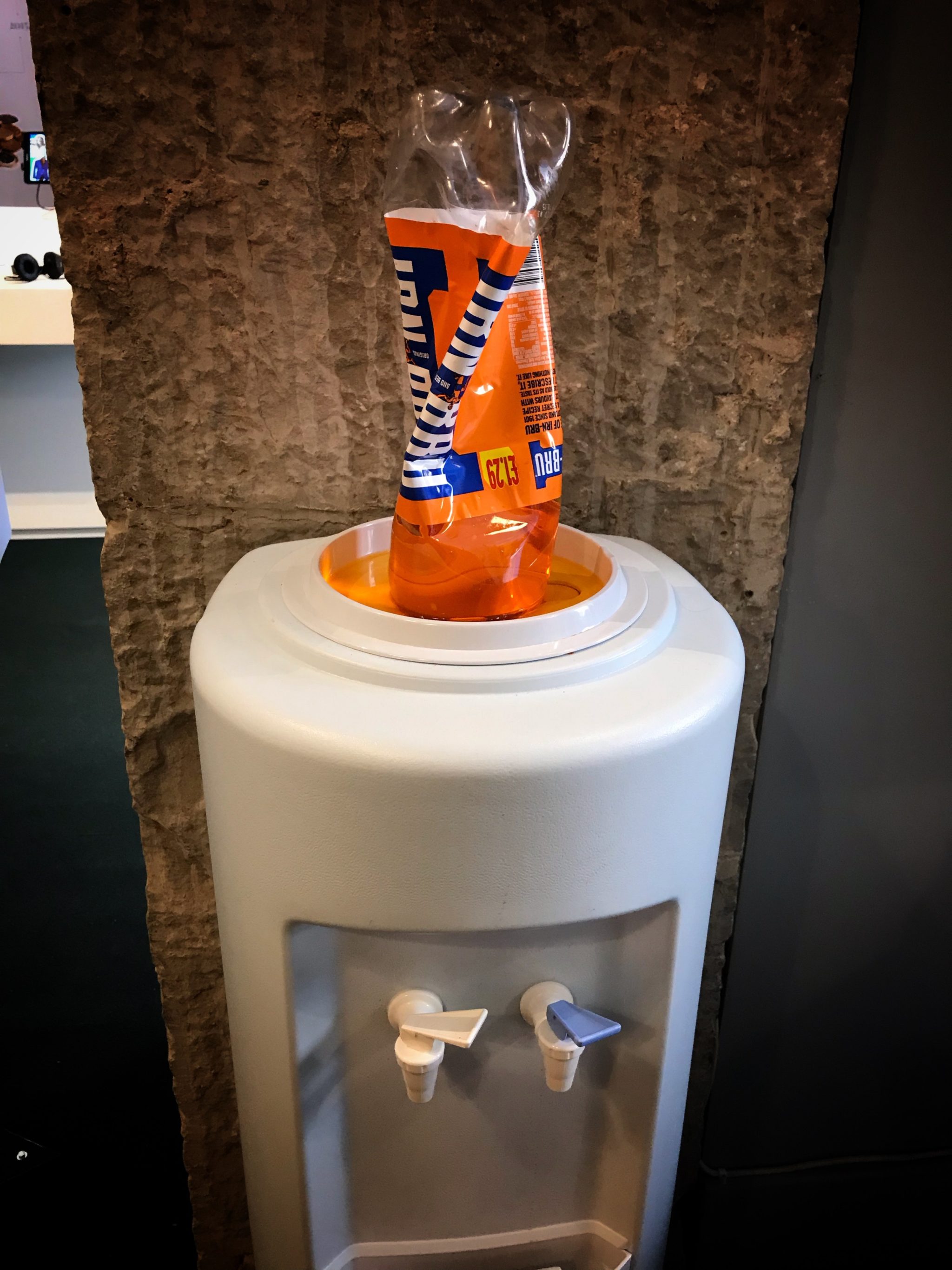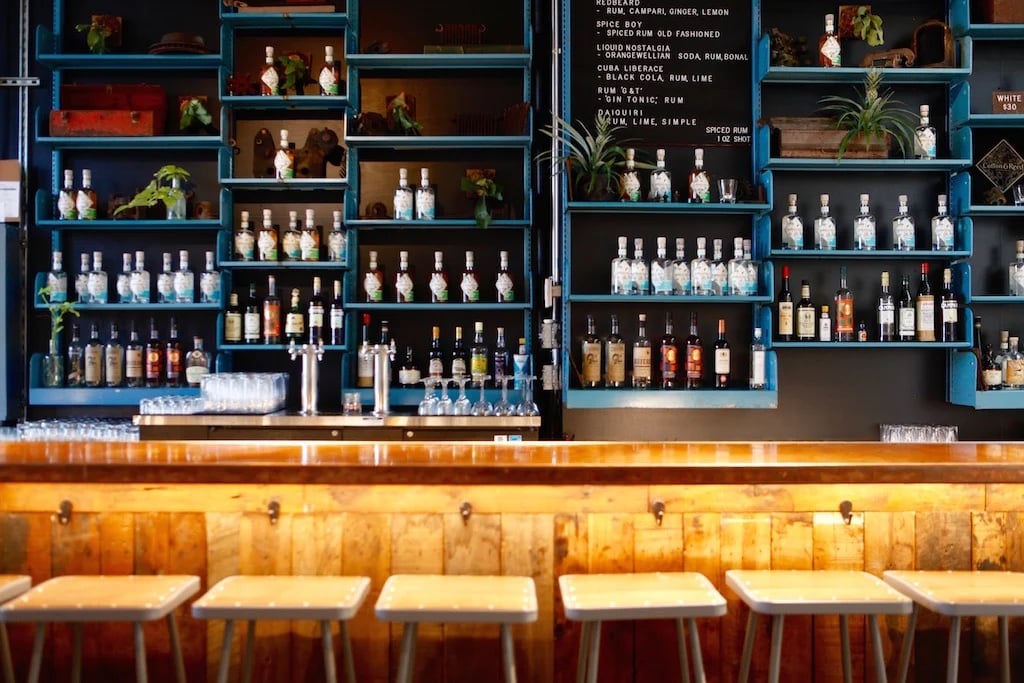There was a collective scream from Scottish expats on Wednesday when US Representative Alexandria Ocasio-Cortez tweeted that she’d acquired one of the country’s most famous beverages while in Glasgow:
I finally got a hold of some Irn-Bru at #COP26! 🤗🥤
— Alexandria Ocasio-Cortez (@AOC) November 10, 2021
What is Irn-Bru, you ask? As an American married to a Scot for 20-plus years, I can only attempt to describe the orange-colored soda, whose secret-formula taste defies any categorization. A thread on Reddit dedicated to describing the taste includes such descriptors as bubble gum, fake banana, and “Ambrosia from Mount Olympus itself.” One person described it as “A bubbling highland stream mixed with casual violence,” which is an arrow pretty close to the target. (It’s not too different from the “champagne sodas” you can find in Latin American groceries around DC.) Here are some things I can tell you about one of Scotland’s best-known products.
It’s pronounced “Iron Brew”
True story: A.G. Barr, the company responsible for the drink, changed the beverage’s name to avoid any trouble because it wasn’t actually “brewed.” Its elegant solution was to remove most of the vowels, because there’s no law against doing that, I guess? Barr’s has long advertised the drink as being “Made in Scotland—from girders.” If you want to dive deep into the history, the National Library of Scotland has a terrific video. Or you can watch this:
It’s known as a hangover cure
I can vouch for this one: A bottle of Irn-Bru and a couple paracetamol (what we call acetaminophen) will usually dispatch the worst of a hangover. Clever people will pick up a bottle from the chippy on their way home from the pub, but there’s something very authentically Scots about venturing out into a freezing (sorry, I meant to say, “baltic”) Scottish morning to acquire a bottle as every cell in your body begs you to return to a prone position, preferably at home. A can of the stuff contains 16 grams of sugars and around 30 milligrams of caffeine, which probably help with your defogging efforts. Hold it to your head on the way home.
The classic way to drink it is in glass bottles
You can buy Irn-Bru in cans and in plastic bottles, but the OG way to consume this stuff was to buy a 750 ml bottle, again, preferably from a chippy. Scots used to get a deposit back when they returned the bottles, which as far as I can tell was a very popular pastime because everyone I know over there brings it up all the time.
It’s not as sugary as it used to be
The biggest news story in 2018 was not the Brexit “omnishambles”; rather it was Barr’s announcement that it would cut the sugar content in Irn-Bru, once as high as 10 percent (!!!) to avoid a UK tax on sugary beverages. I am unable to notice much of a difference, as one sip generally coats my teeth with what feels like several acres of grass and spikes my blood sugar so hard that I can briefly understand Glasgow accents, but I am told by people in the know that the change is perceptible.
Its ads are pretty amazing
There’s a lot of Scotland in this 2015 commercial, including a reference to a classic Billy Connolly joke.
You can find it around Washington
We sometimes find some in Giant and Harris-Teeter in the same place you find Heinz baked beans and stuff like that, but my wife recently picked up a bottle at Aboveground in Union Market. Paired with a sandwich from Red Apron, it did the trick.
















